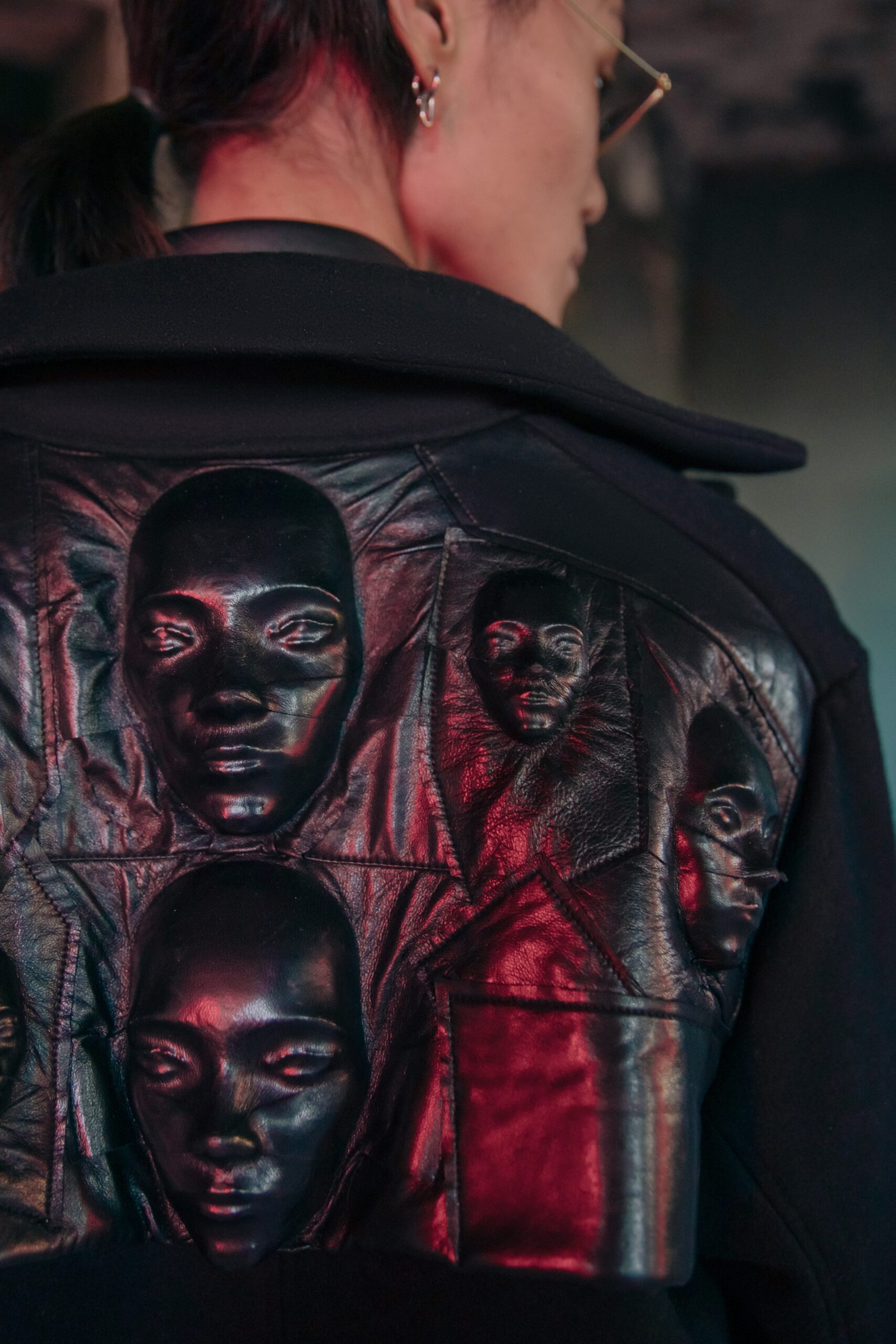NOW IS THE TIME FOR THE FASHION INDUSTRY TO TAKE RESPONSIBLITY
Date
- Published October 1st, 2021
'Sustainable development is the peace policy of the future '
Dr. Klaus Topfer

The United Nations aims to protect the ecosystem, end poverty, and ensure that every human being on the planet enjoys prosperity and peace. The Sustainable Development Goals (SDG’s) set in 2015 and adopted by all member states of the United Nations aims to achieve this by 2030. To reach these goals, individuals and corporate bodies need to develop fundamental business values that meet the present needs of society.
Many industries are currently carrying out operations in line with this – contributing their quota to ensuring a better future for the world. The fashion industry is already doing some things in aiding the actualization of the SDG’s of the United Nations, but there is a lot more it can and should do. In this article, we will take a look at some of the ways the fashion industry can help.
Poverty Alleviation
One of the top aims of the United Nations is to end poverty in all forms. Therefore, all corporate and non corporate bodies have to work in line with this for a world where poverty is non-existent. Apart from the fact that organizations create millions of jobs, they should also aim at alleviating poverty in the lives of as many people as possible. This is why beyond creating jobs, they also need to ensure employees are earning decent and fair wages regardless of their position in the supply chain.
Zero Hunger
Textile materials are produced from cotton, and extensive areas of farmlands are required to produce cotton massively for the fashion industry. Hence, a lesser part of arable land is left to grow food. However, the fashion industry can begin to seek other alternatives to create more farmlands for the cultivation of food items and reduce the hunger rate in the society. One of the alternatives to explore is recycling existing materials or raw materials from wastes, like leather from pineapples or apples. Also, water can be conserved for irrigation and drinking by seeking out ways to reuse water since the textile industry is very water intensive.
Preserving the Ecosystem
The fashion industry can also protect and promote the sustainability of the terrestrial and aquatic ecosystems. The planet’s biodiversity can be affected by unsustainable production processes and overproduction. For instance, the oceans are polluted with chemicals from dying textile materials. Polyesters shed microfibers when they are washed, which spread to the food chain and destroying aquatic fauna and flora.
Furthermore, according to statistics published by the UNEP and the Ellen MacArthur Foundation, the fashion industry contributes 10% of the total CO2 emissions globally. The SDG’s plan is to have it reduced to 50% by 2030. CO2 emissions is one of the leading causes of climate change and its resulting effects such as flooding, drought and lots more.
Therefore, the fashion industry must take necessary procedures to prevent this. Thankfully, some initiatives have been put in place to recycle sea plastics into textile products. Animal and natural dyes are replacing harmful chemicals, discarded canvas used for backpacks, and fruit skins substituting fur. But we need to do more for a greener world by thinking more before buying to reduce clothing waste, supporting initiatives that encourage burying less textile waste, recycling of sea plastics into textile products, and relying on solar and green energy sources for the production of clothes.
Promoting peace and justice
One of the sustainable development goals is to promote peaceful and inclusive societies through access to justice and building accountable institutions. The fashion industry must also work towards a safe and inclusive environment for all, irrespective of gender, age, creed, ethnic group or disabilities.
Good health and wellbeing
The lack of suitable health care provisions for workers in the fashion industry has been laid bare due to the COVID-19 crisis. This points to the need for better employee health care provisions and improved working conditions, especially as textile factories are located in third world countries where reward for labor is almost non existent. International fashion organizations must commit to providing quick access to emergency financing for workers and employers in need of health care and establishing stronger health and social protections for a more resilient industry.




